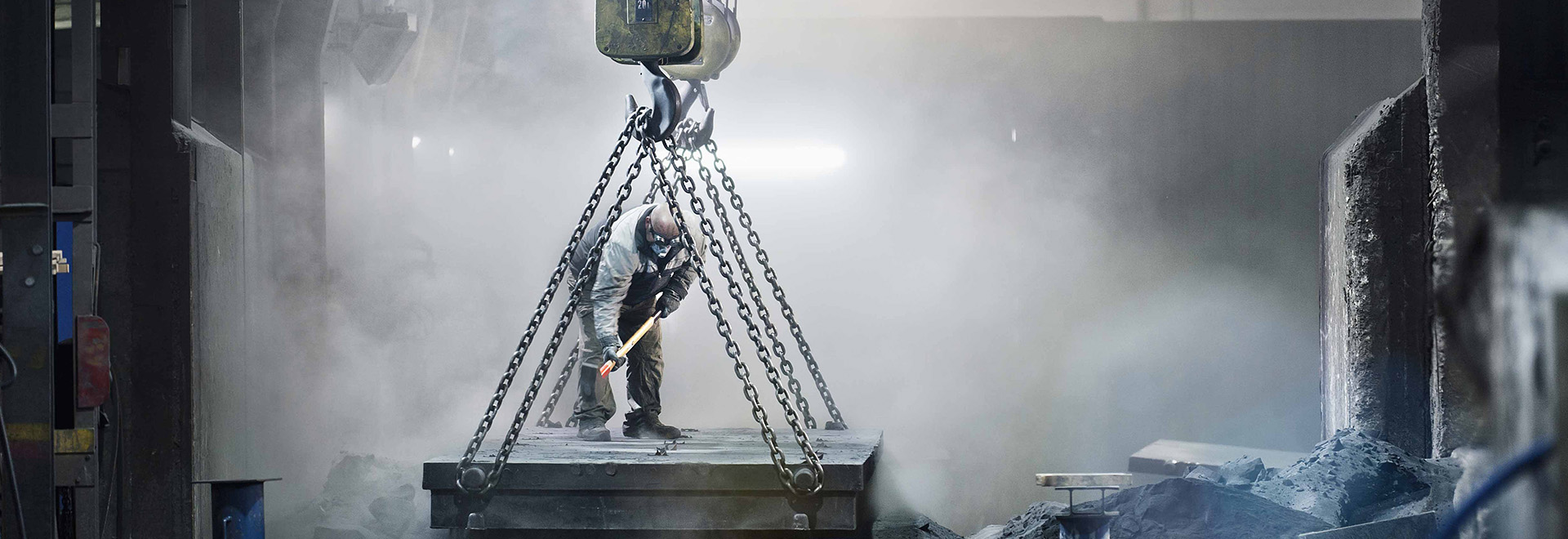-
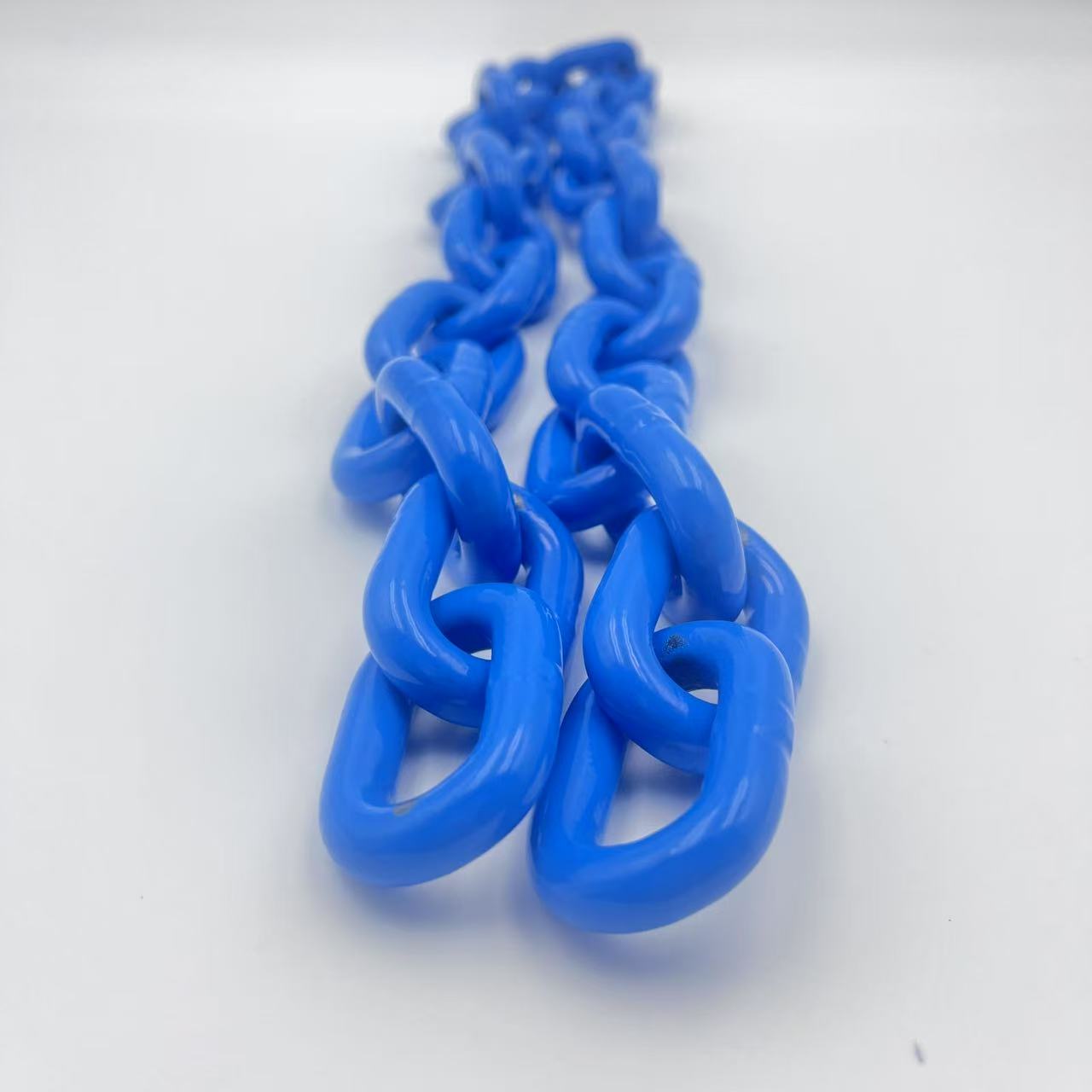
Top 10 Global Lifting chain Suppliers | Industry Leaders in Quality & Safety
Discover the world’s top 10 lifting chain suppliers. From RUD and Pewag to TOPONE chain®, learn about the best manufacturers in lifting, rigging, and heavy-duty chains.
-
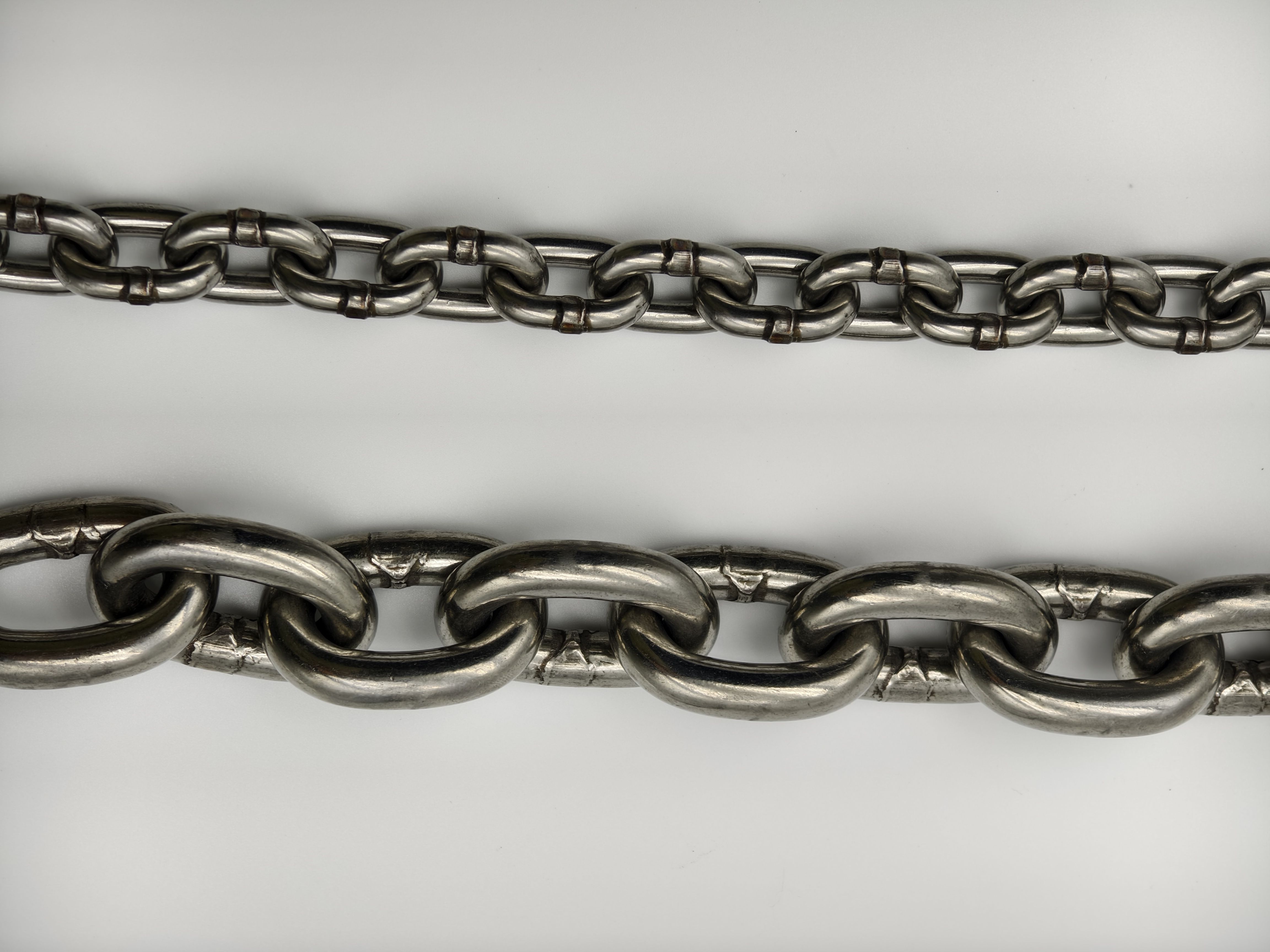
Steel chain Sling and Steel Lifting chain for Heavy-Duty Applications
Explore steel chain sling and steel lifting chain options from TOPONE chain®. Certified G80 & G100 alloy chains designed for heavy lifting in construction, mining, and marine.
-
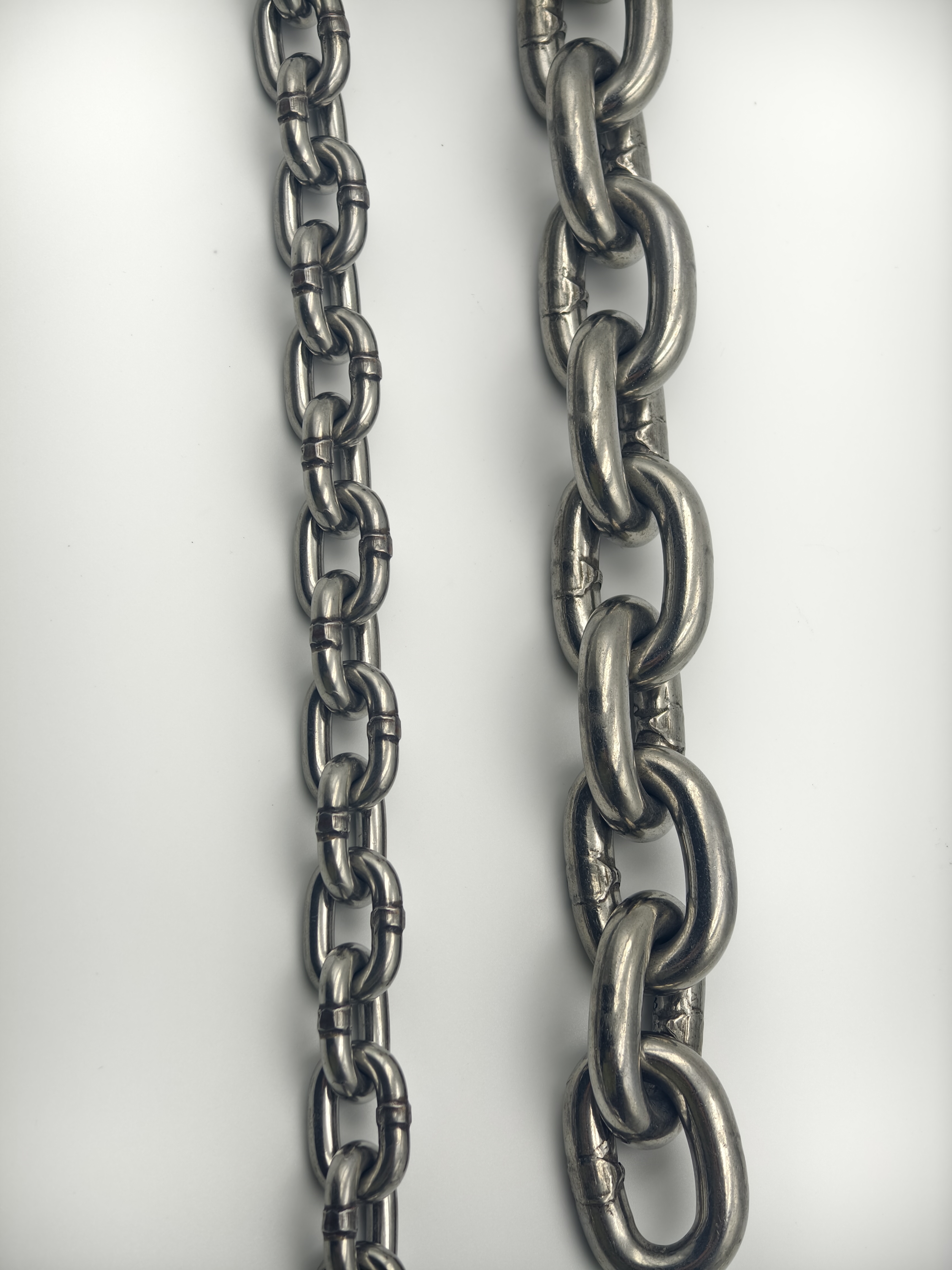
Stainless Lifting chain and Steel & Tube chain Rigging Solutions
Explore stainless lifting chain and steel & tube chain and rigging solutions from TOPONE chain®. Certified alloy and stainless chains for marine, construction, and heavy lifting.
-
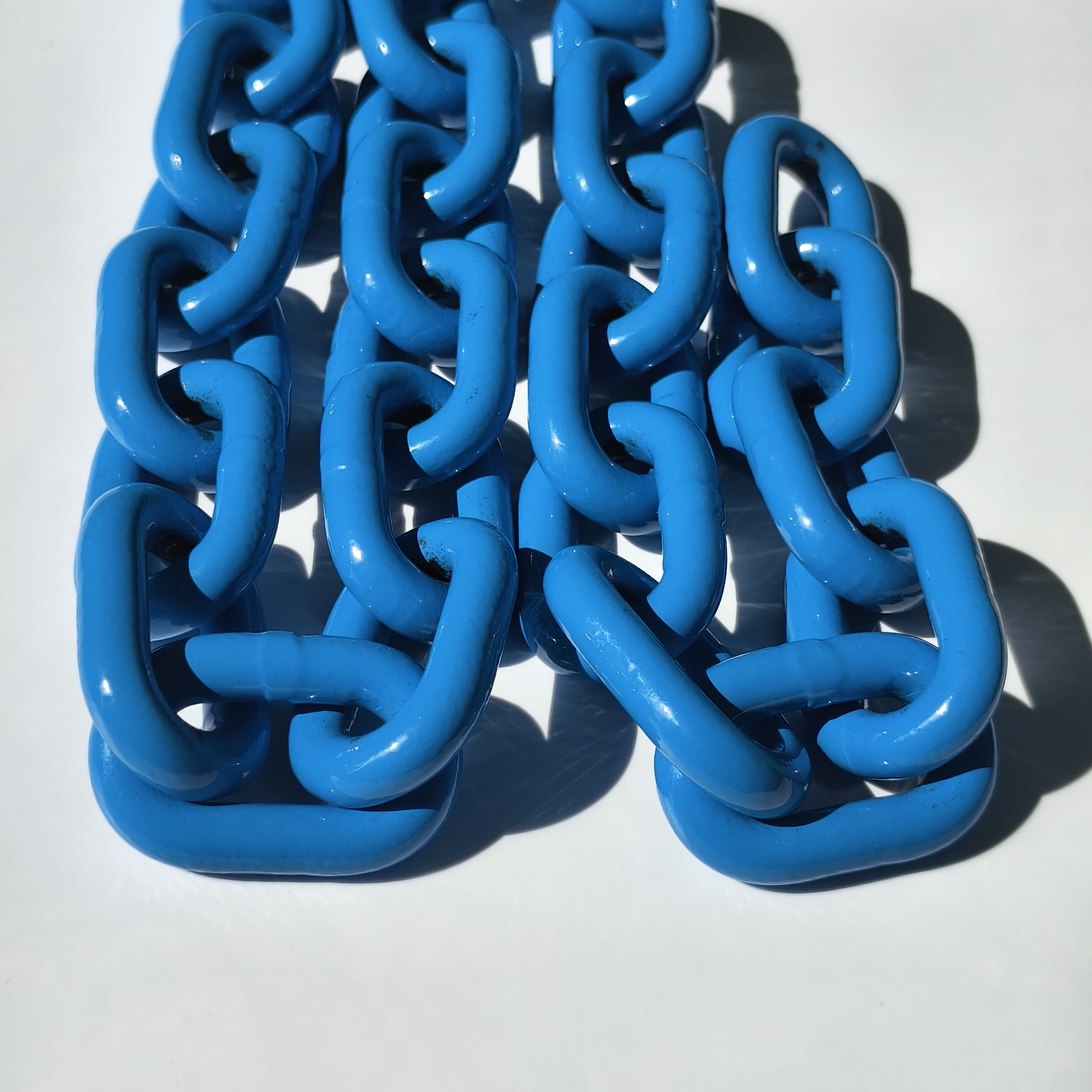
Lifting chain Suppliers: How to Choose the Right Partner for Heavy-Duty chains
Looking for lifting chain suppliers? Discover how TOPONE chain® delivers certified G80 & G100 lifting chains with global supply, quality assurance, and competitive pricing.
-
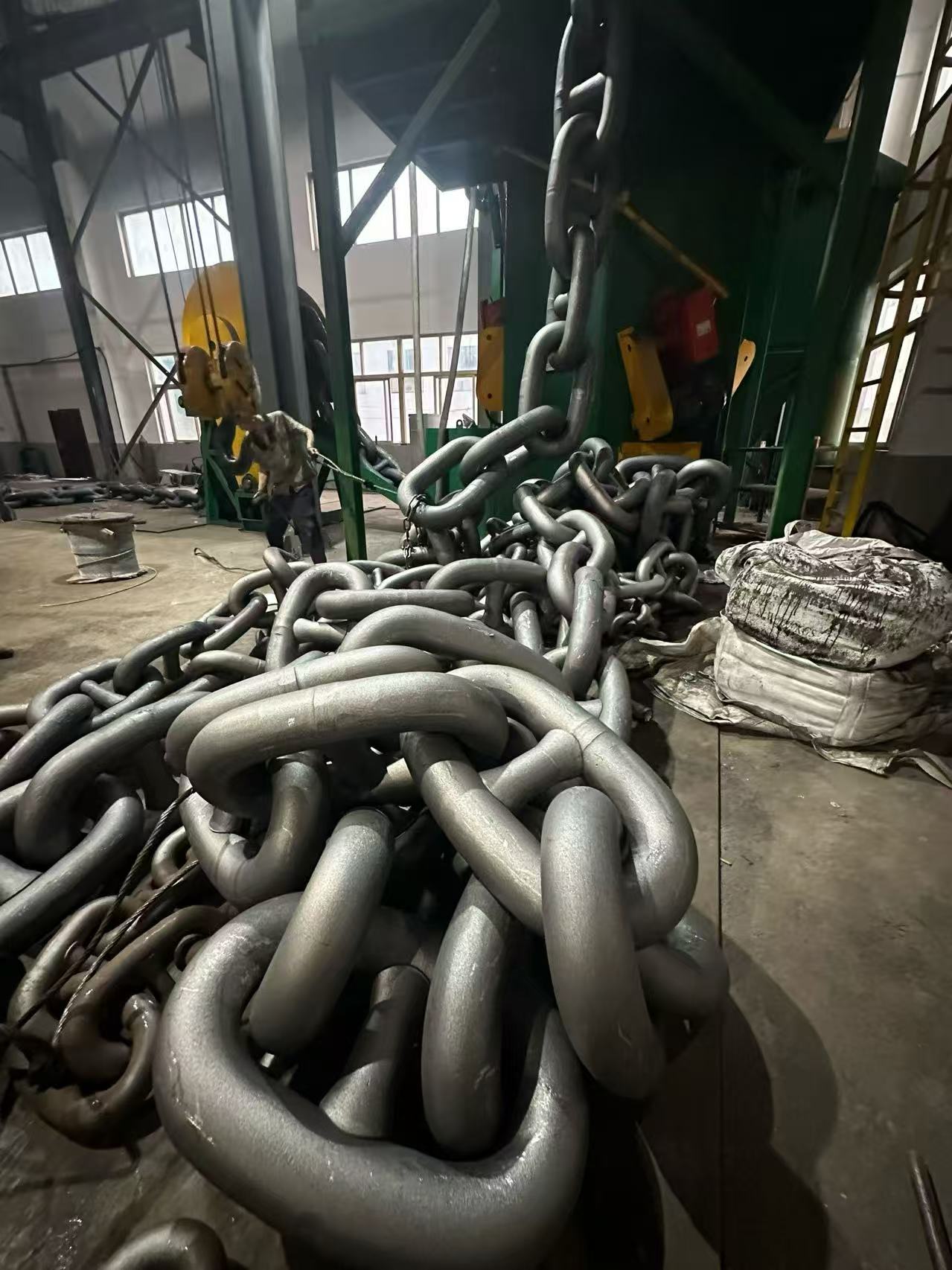
Best Lifting chains: A Complete Guide to Safe Heavy-Duty Lifting
Discover the best lifting chains for heavy-duty work. Compare G80 vs G100, learn safety factors, and explore TOPONE chain® certified alloy steel chains.
-
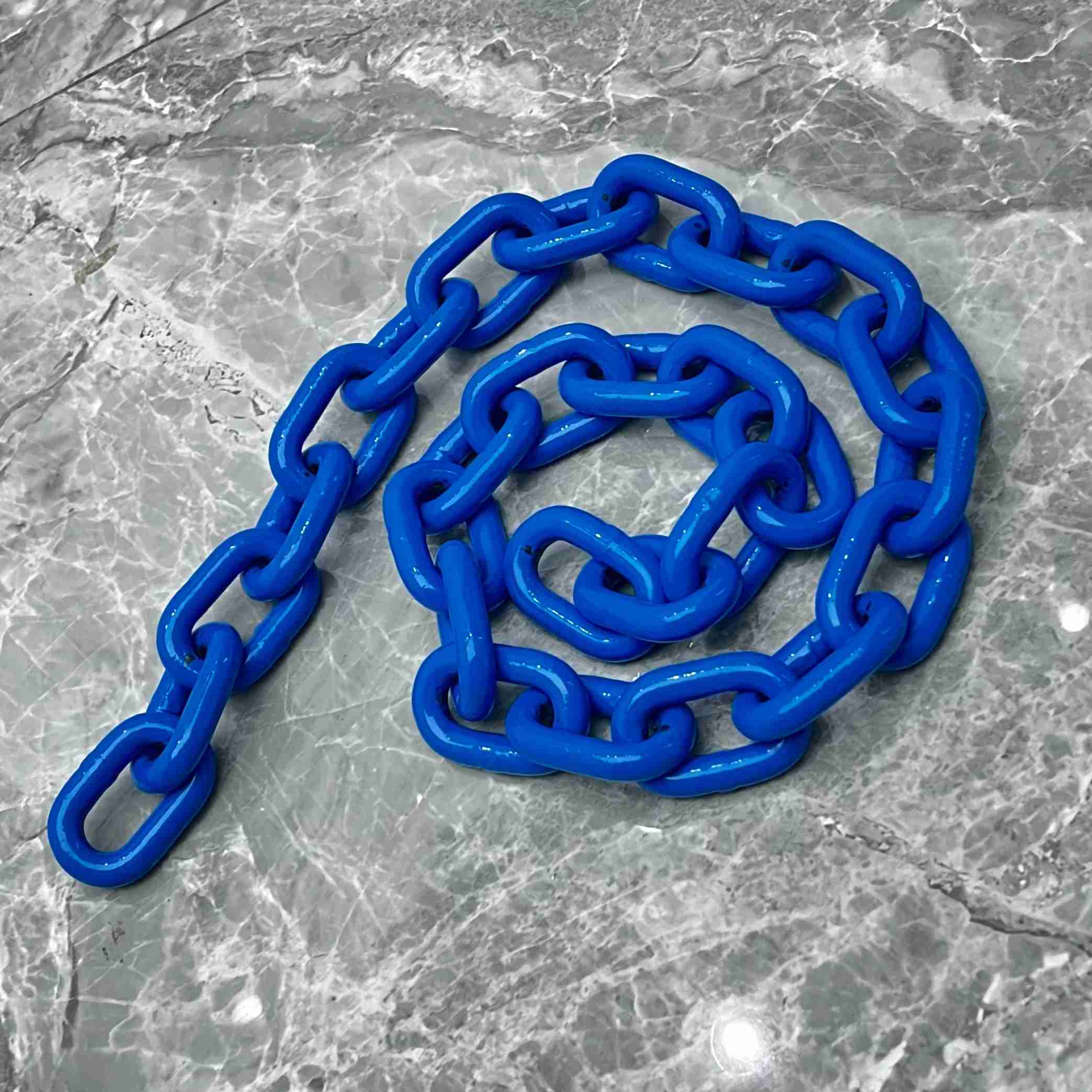
chain Sling Accessories: Complete Guide to Safe Lifting Components
Explore chain sling accessories from TOPONE chain®. Learn about hooks, master links, connectors, and fittings to build safe and reliable lifting slings.
-
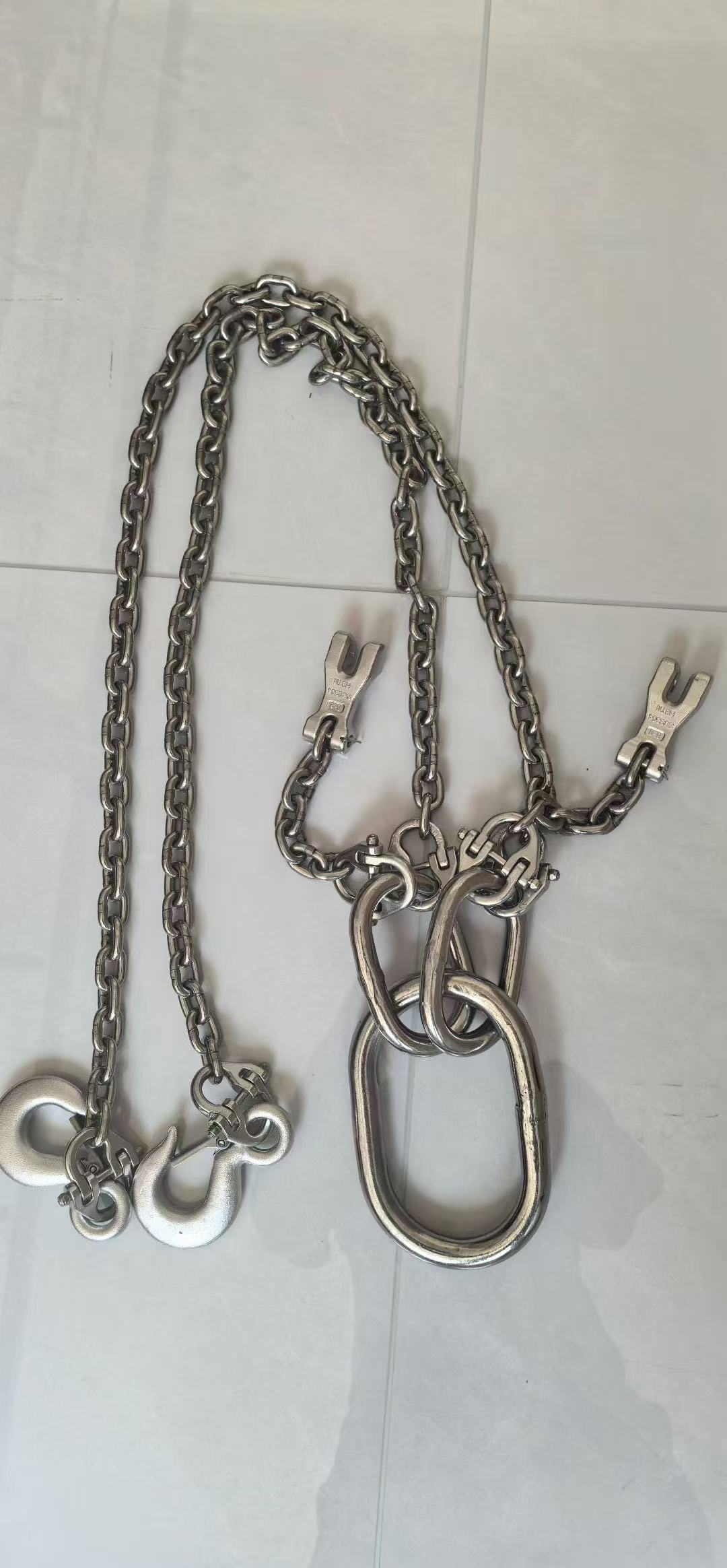
chain for Sling: Essential Guide to Safe and Reliable Lifting
Discover chain for sling solutions from TOPONE chain®. Learn about grades, sizes, safety factors, and applications of alloy steel chains in lifting slings.
-
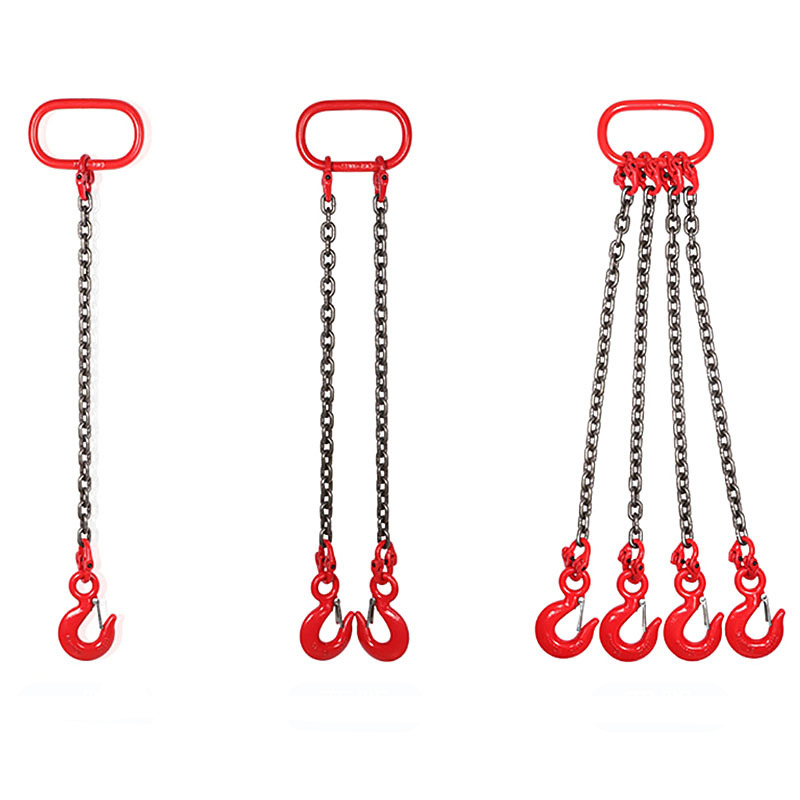
How to Choose the Right 4 Leg Lifting Sling for Your Operation
Learn how to select 4 leg lifting chains and 4 point chain sling systems. Compare features, safety factors, and buying tips to match your lifting needs.
-
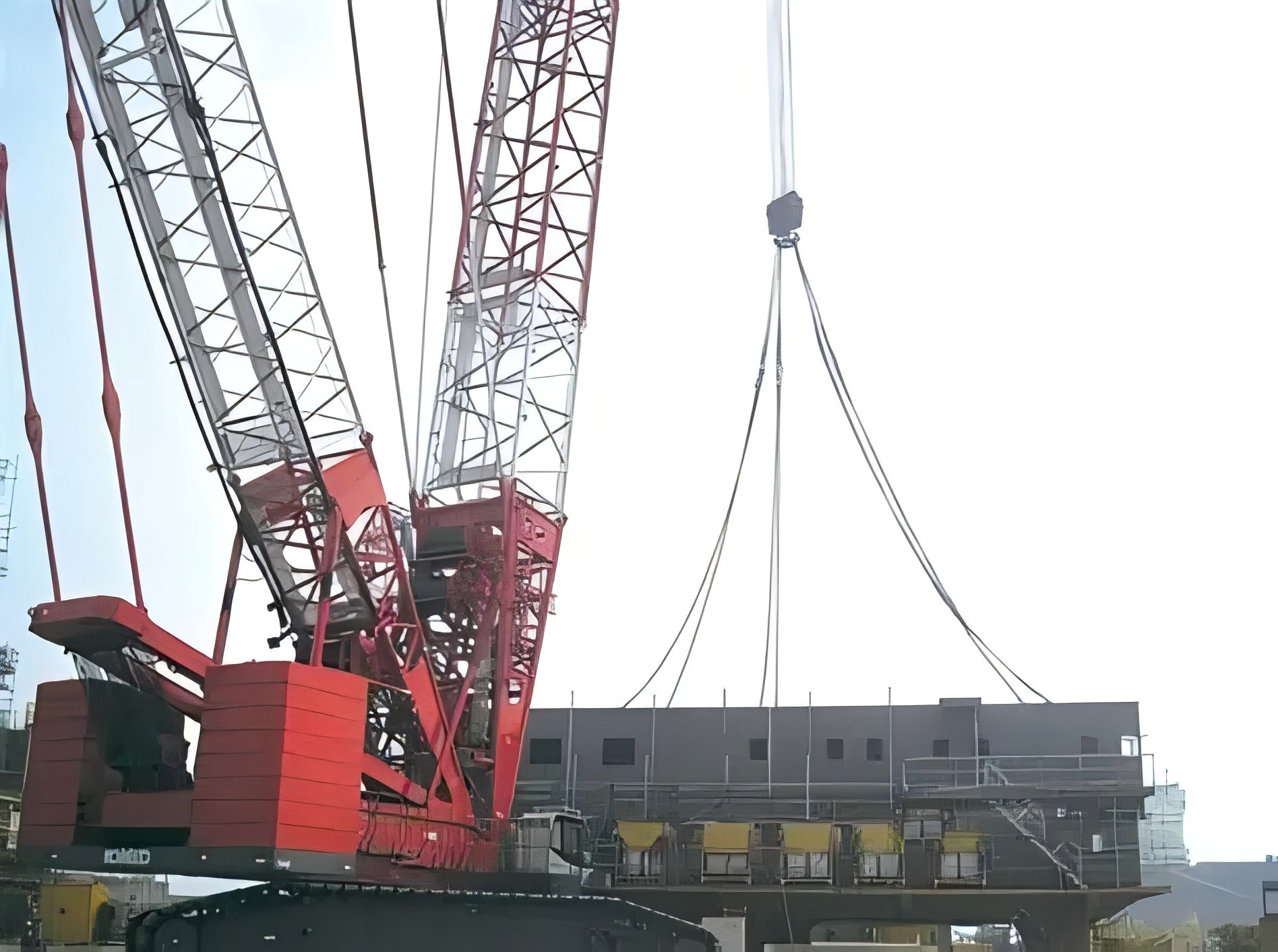
4 Leg Lifting chains: Reliable 4 Point Sling for Heavy Loads
Explore 4 leg lifting chains, 4 leg lifting sling, and 4 point chain sling options. Strong, certified, and ideal for heavy lifting in construction and industry.
-
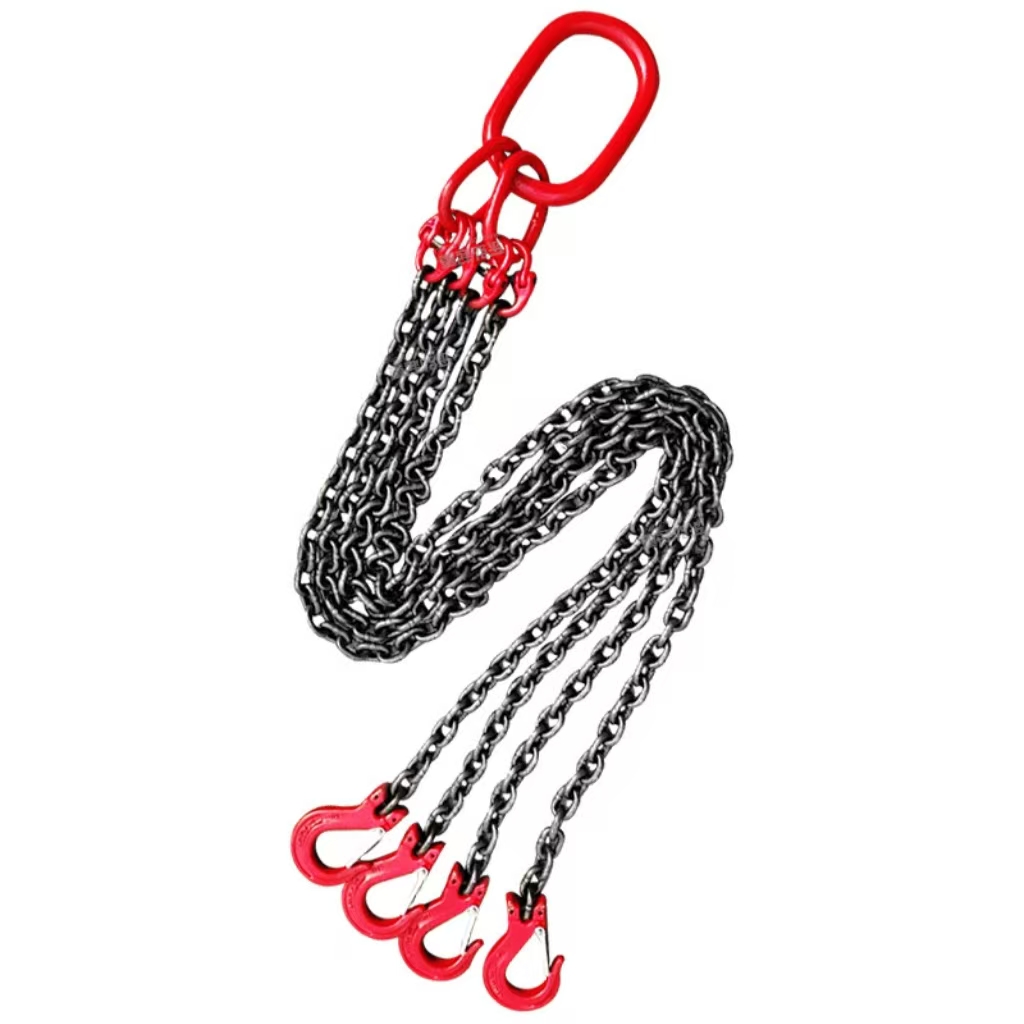
4 Leg chain Sling: Strong Lifting Solution for Heavy Loads
Discover 4 leg chain slings for heavy lifting. Compare 4 chain sling types, price factors, and 4 leg chains 6.7 t capacity. Durable and certified for safety.
Model Index
Popular searches
